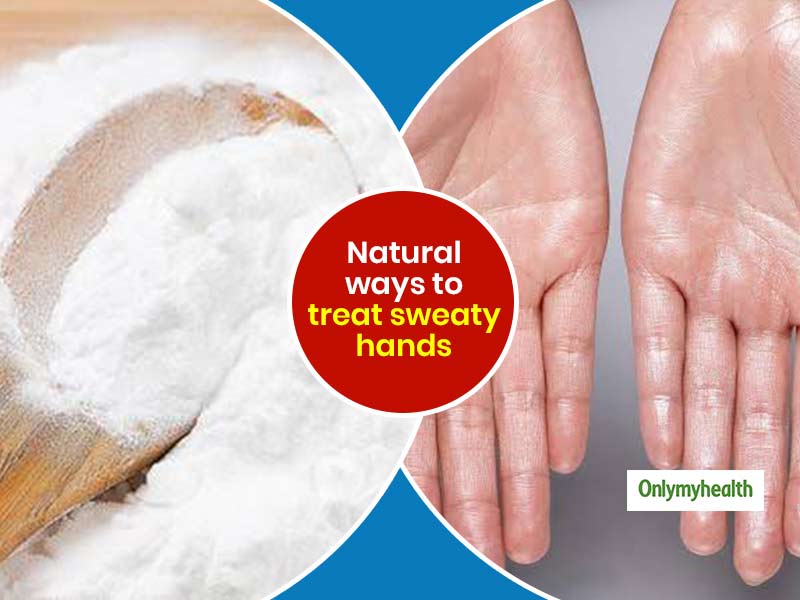How to Stop Sweaty Hands and Feet: Top Dermatology Treatments for Excessive Sweating
How to Stop Sweaty Hands and Feet: Top Dermatology Treatments for Excessive Sweating
Blog Article
Revealing the Intricacies of Excessive Sweating: A Comprehensive Overview to Diagnosis and Management
Excessive sweating, clinically recognized as hyperhidrosis, is a problem that impacts a considerable number of individuals and can have a profound effect on their high quality of life. While sweating is a natural bodily feature, its overactivity in hyperhidrosis offers an unique set of challenges that frequently go past plain pain.

Understanding Hyperhidrosis Causes
Hyperhidrosis creates can be associated to numerous factors such as genes, hormone imbalances, and certain clinical conditions. Genetics play a considerable duty in primary focal hyperhidrosis, where people inherit the condition from their household participants. By identifying the particular factors contributing to extreme sweating, medical care companies can customize therapy strategies to address the underlying cause, supplying alleviation and enhancing the top quality of life for people affected by hyperhidrosis.
Identifying Hyperhidrosis Effects

In addition, hyperhidrosis signs may materialize in emotional and social distress, as people may feel humiliated or distressed concerning their sweating, causing avoidance of social scenarios (Treatment for hyperhydrosis of hands and feet). Furthermore, repeated episodes of too much sweating can cause skin maceration, fungal infections, and an overall decline in self-confidence
Diagnostic Process for Hyperhidrosis
Starting the diagnostic procedure for extreme sweating involves detailed examination of the individual's case history and health examination. Inquiring regarding the onset, duration, and causes of sweating episodes is critical to set apart in between key focal hyperhidrosis and additional generalized hyperhidrosis. Clinical background needs to also include questions regarding medicines, clinical conditions, and family members background of hyperhidrosis.
Throughout the physical exam, specific attention is paid to the areas affected by sweating. The healthcare provider might evaluate the degree of sweating, look for signs of underlying conditions, and review the influence of sweating on the person's lifestyle. In addition, certain examinations like the gravimetric examination, starch-iodine test, or skin conductance dimensions might be performed to quantify the quantity of sweat produced.
Additionally, in cases where second hyperhidrosis is thought, additional examinations such as blood examinations, urine examinations, and imaging research studies might be suggested to recognize the underlying source of extreme sweating. The diagnostic process aims to accurately figure out the type and root cause of hyperhidrosis to lead appropriate administration approaches.
Treatment Alternatives for Hyperhidrosis
When attending to excessive sweating, various therapy alternatives are available to alleviate signs and symptoms and boost the person's high quality of life. The treatment method for hyperhidrosis relies on the severity of symptoms and the patient's feedback to initial treatments.
Topical therapies, such as aluminum-based antiperspirants, are commonly advised as the initial line of protection for managing mild cases of hyperhidrosis. For individuals with a lot more extreme signs and symptoms, dental medicines like anticholinergics might be prescribed to aid lower sweating.

Effective Administration Methods
To effectively handle hyperhidrosis, a thorough and individualized treatment plan customized to the patient's certain demands and reaction to previous treatments is crucial. Iontophoresis, involving the use of a reduced electric current to minimize sweat gland task, can be beneficial for both palmoplantar and axillary hyperhidrosis. A Sweaty hands treatment multidisciplinary method including skin doctors, key care doctors, and, if necessary, specialists, can maximize the management of hyperhidrosis.
Verdict
In verdict, hyperhidrosis is a problem identified by extreme sweating, which can substantially affect an individual's top quality of life. With correct medical diagnosis and administration techniques, individuals experiencing from hyperhidrosis can discover relief and improve their overall health.
Extreme sweating, medically known as hyperhidrosis, is a problem that affects a significant number of individuals and can have an extensive effect on their quality of life. By recognizing the certain elements adding to extreme sweating, health care suppliers can tailor therapy plans to resolve the underlying reason, offering relief and boosting the high quality of life for people impacted by hyperhidrosis.
Hyperhidrosis, identified by extreme sweating past what is required for managing body temperature, can significantly affect an individual's top quality of life. Asking concerning the beginning, duration, and sets off of sweating episodes is vital to differentiate in between main focal hyperhidrosis and secondary generalised hyperhidrosis. Sweaty hands treatment.In conclusion, hyperhidrosis is a condition identified by too much sweating, which can significantly influence a person's top quality of life
Report this page